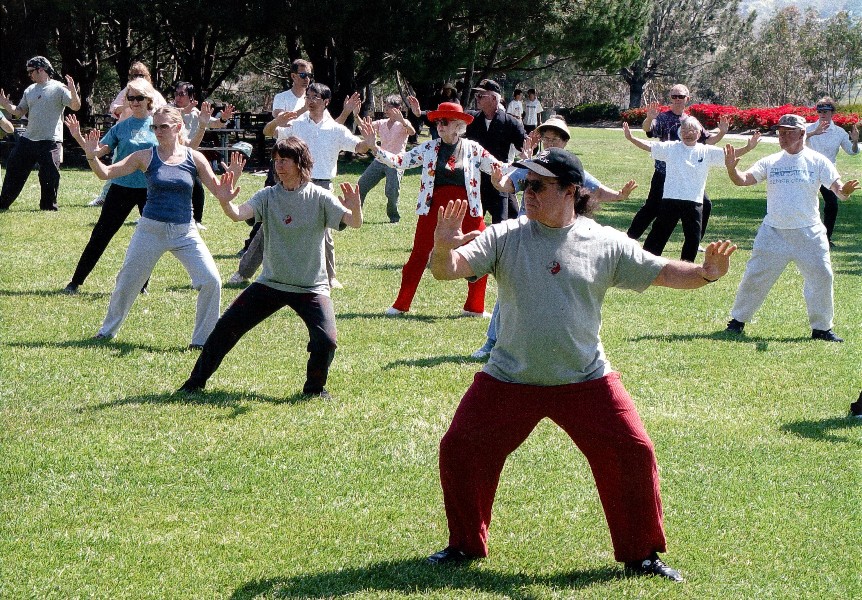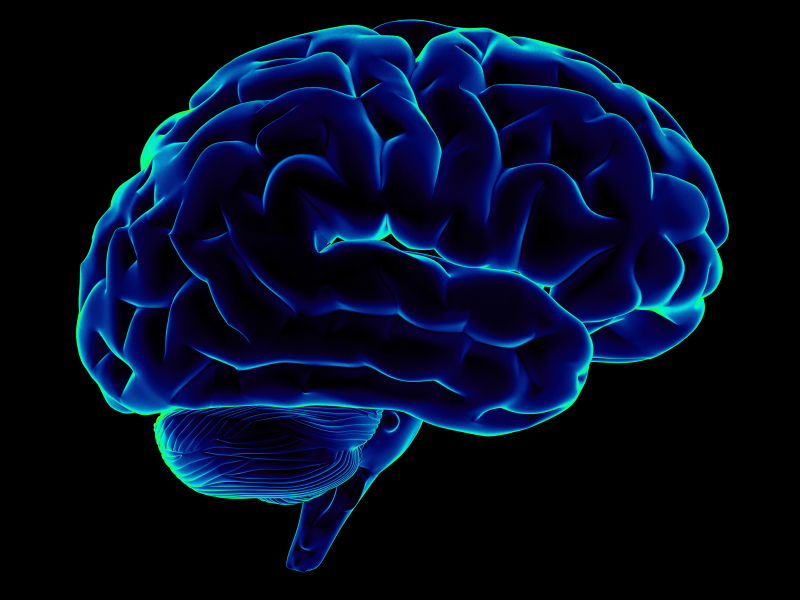
NIH researchers charted patterns of physical activity, screen time and diet after surveying 10,000 students between 11 and 16 years old. The researchers classified these patterns as typical, unhealthful and healthful.
Dr. Iannotti conducted the research with NICHD colleague Jing Wang, Ph.D. In addition to NICHD, funding also was provided by the Maternal and Child Health Bureau of the Health Resources and Services Administration.
Their findings appear in the Journal of Adolescent Health.
The researchers found that the adolescents’ diet and activity habits could be classified into three general categories. They described the first group as unhealthful. This group accounted for 26 percent of participants. The second group, classified as healthful, accounted for 27 percent. Because it was the largest group — including 47 percent of participants — the researchers classified the third group as typical.
The researchers surveyed participants about: their daily amount of physical activity, the amount of time they spent in front of a computer screen or other electronic screen, and the amount of healthy and unhealthy foods they consumed. Other questions sought information on symptoms of depression and self-satisfaction with their bodies.
The analysis of the survey results showed that the typical youth were least likely to exercise five or more days each week or to eat fruits and vegetables at least once a day. They were more likely to spend time watching television, playing video games or on a computer than the healthful group, and less likely to do so than the unhealthful group. They infrequently ate fruits and vegetables but also infrequently ate sweets, chips or fries, or had soft drinks. Youth in this group were more likely than youth in the other two groups to be overweight or obese and to be dissatisfied with the appearance of their bodies.
The unhealthful group consumed the most sweets, chips, french fries, and soft drinks. They also were more likely than the other groups to report watching TV, playing video games and using a computer more than two hours a day. Despite the caloric foods they consumed, youth in the unhealthful group were more likely to be underweight and to report needing to put on weight. Youth in this group also were more likely to report symptoms of depression and of poor physical health, such as backaches, stomachaches, headaches or feeling dizzy.
Nearly 65 percent of students in the group that the researchers termed healthful reported exercising five or more days per week — the highest rate of the three groups. These students were least likely to spend time in front of a screen and were most likely to report eating fruits and vegetables at least once a day. Students in this group also were least likely to consume sweets, soft drinks, chips and French fries. They reported the lowest rates of depressive symptoms and the highest life satisfaction ratings.
All three groups could stand to improve their health habits, Dr. Iannotti said, whether walking or biking between home and school or eating more fresh produce each day.
According to the U.S. Department of Health and Human Services’ Physical Activity Guidelines for Americans
About the Eunice Kennedy Shriver National Institute of Child Health and Human Development (NICHD): The NICHD sponsors research on development, before and after birth; maternal, child, and family health; reproductive biology and population issues; and medical rehabilitation.
About the National Institutes of Health (NIH): NIH, the nation’s medical research agency, includes 27 Institutes and Centers and is a component of the U.S. Department of Health and Human Services. NIH is the primary federal agency conducting and supporting basic, clinical, and translational medical research, and is investigating the causes, treatments, and cures for both common and rare diseases. For more information about NIH and its programs, visit www.nih.gov.





















